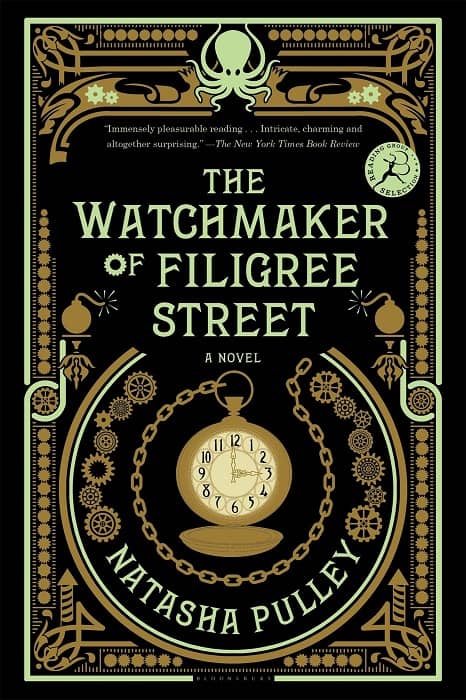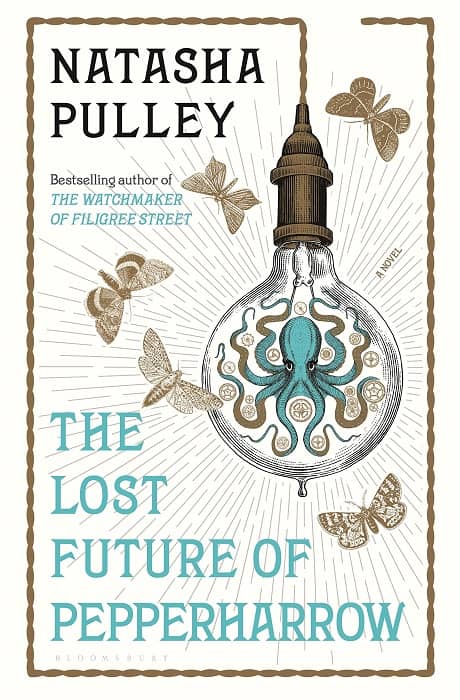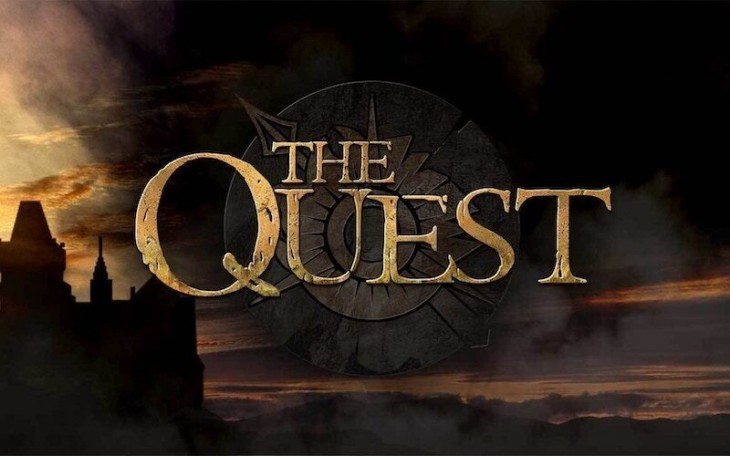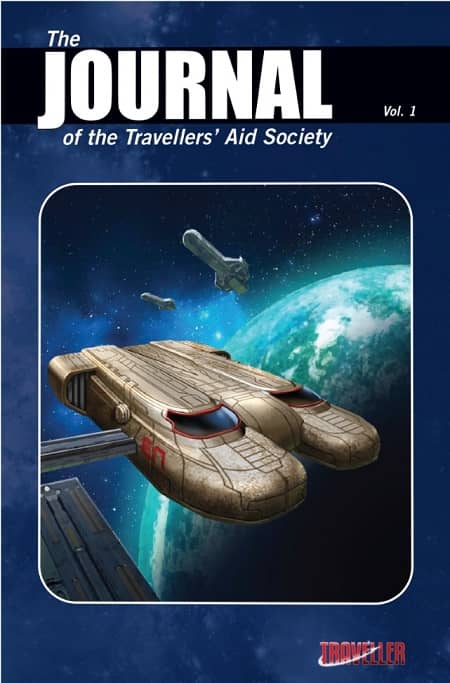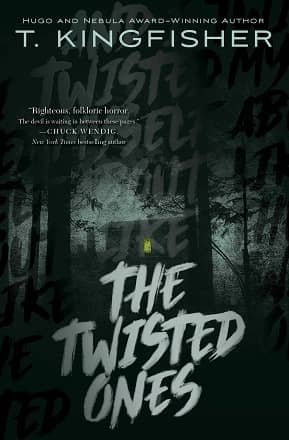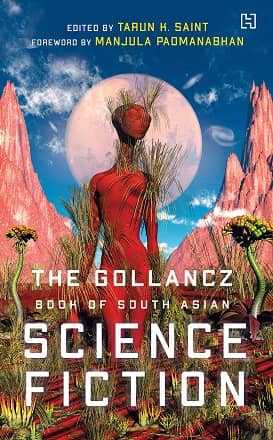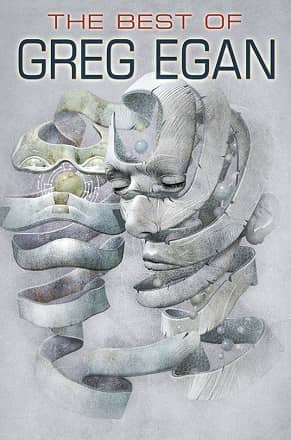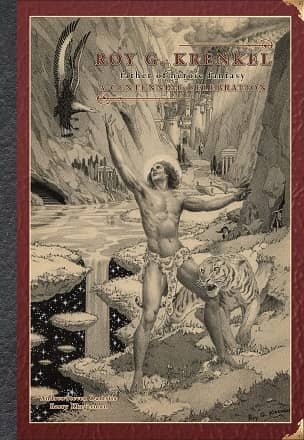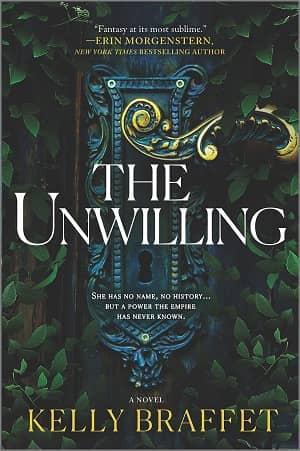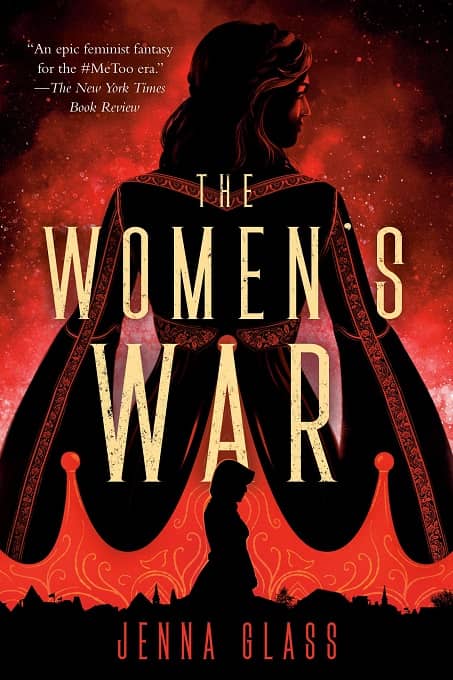Rebecca Diem on The New Golden Age of the SFF Novella
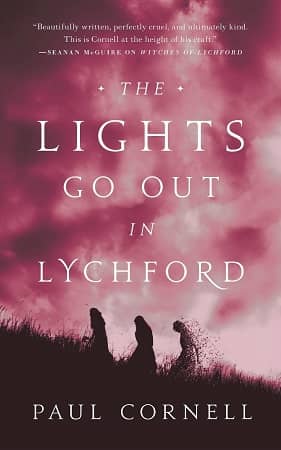 |
 |
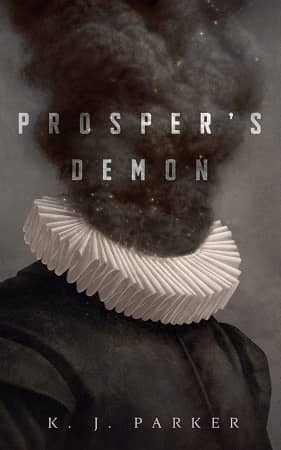 |
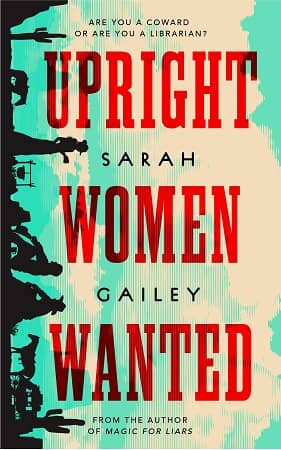 |
I complain frequently about modern publishing (where did mass market anthologies go, damn it!?) but really, there’s a lot to like. One of the most positive recent trends has been the resurgence of the novella. We’ve spent a lot of time at Black Gate covering popular new novellas like Amal El-Mohtar and Max Gladstone’s This Is How You Lose the Time War and Tor.com‘s exciting release schedule (in Intergalactic Wars, Ancient Gods, and Living Ships: New Novellas from Tor.com, among others), but we’re not the only ones who have noticed.
Over at Tor.com Rebecca Diem, author of the 4-volume Tales of the Captain Duke novella series, salutes the modern age of the novella. She touches on many truths in her article; here’s a small taste.
With a good novella, I’m able to dip my toes into an adventure, especially when a busy schedule prevents me from dedicating time to longer works. Short stories pair well with your morning coffee; novels are best for long stretches of uninterrupted time on evenings or weekends. Novellas fit nicely into a tote bag for your commute and all those spare moments collected over the course of the day, but can also be finished in a couple hours for a satisfying and immersive reading experience.
When I was researching market opportunities in 2014 after finishing my first novella, I stumbled on a lot of advice similar to this 2008 Writer’s Digest piece advising novella writers to “stick it in a drawer” or pad it out to a full-length work… But novellas are now being actively solicited by all major publishers, and early adopters of the trend toward shorter works (including Tor.com) are leading the field with awards and accolades.
The novella’s comeback can be attributed to the emergence and increasingly popularity of e-books, print-on-demand publishing, and alternative distribution models, making them a more attractive, lucrative option in the digital age. There are rich opportunities here for both writers and readers of concise, efficient storytelling.
Rebecca’s article is Long Live Short Fiction: The New Golden Age of the SFF Novella; it’s well worth the read. And while we’re on the topic, here’s a handful of Tor.com‘s upcoming releases that caught my eye, including Sarah Gailey’s “good old-fashioned horse opera for the 22nd century” (Charles Stross) Upright Women Wanted.
